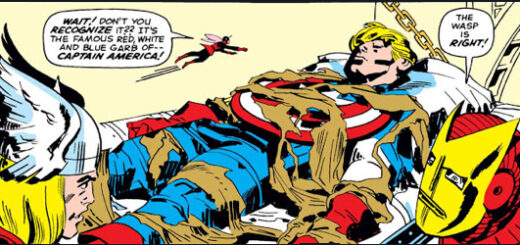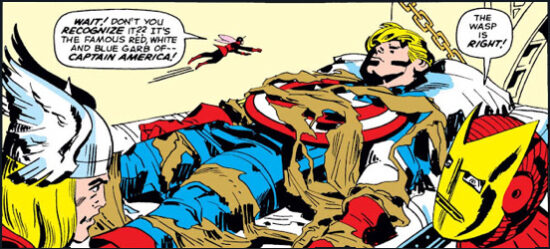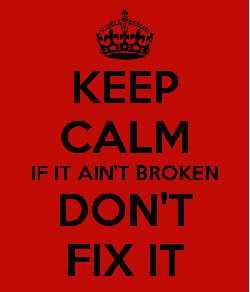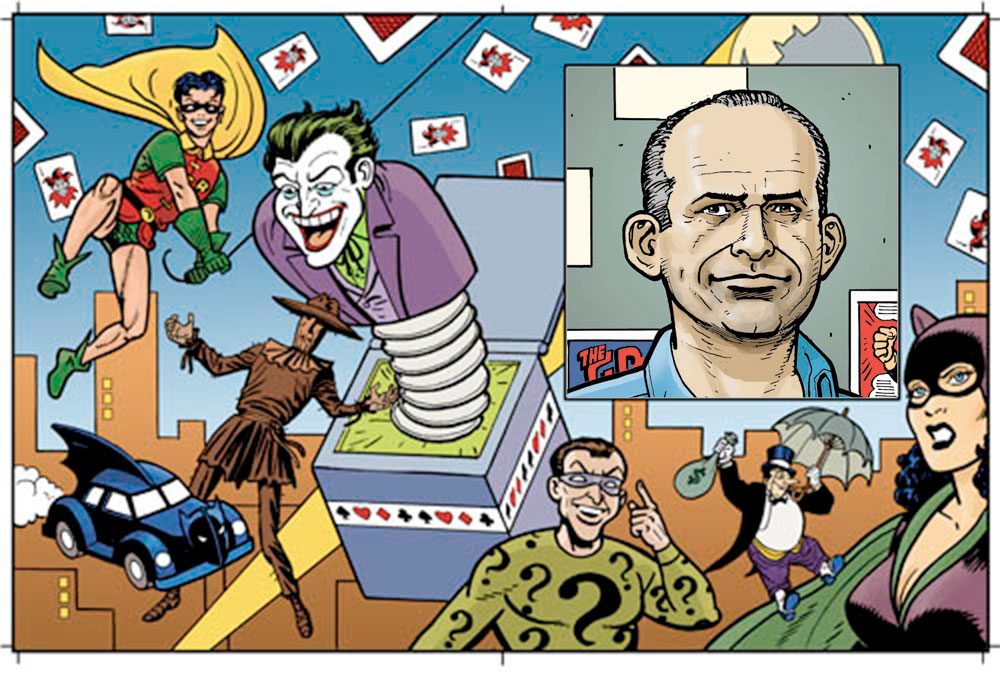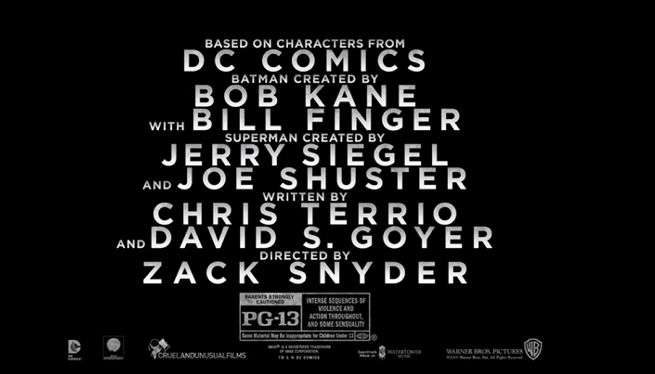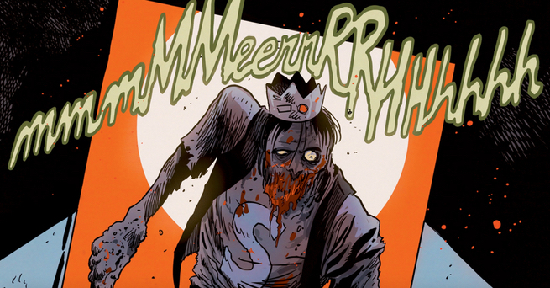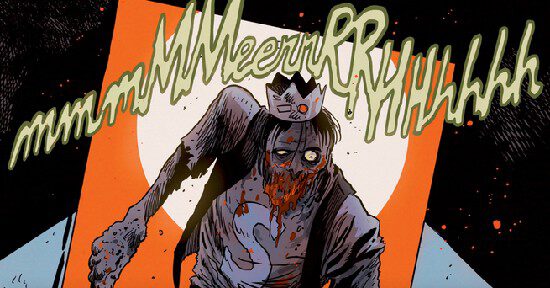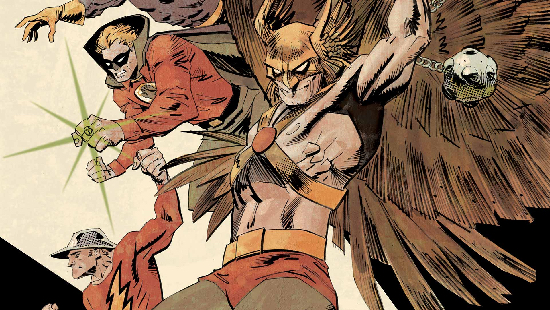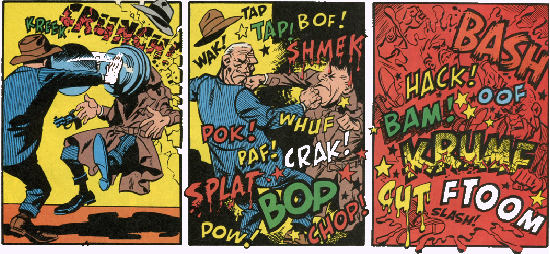Dennis O’Neil: Slinging His Mighty Shield
No, I haven’t seen the new Captain America entertainment, though I did walk past a theater that’s showing it a few hours ago. But I guess that doesn’t count.
I might be tempted to buy a ticket at that multiplex located at an outdoor mall in Nanuet, instead of the bigger, much closer 21-screener in West Nyack.
Allow me a digression.
The West Nyack theater has recently suffered some renovation that resulted in customers having to choose the seats they will occupy at the time they buy their tickets. They look at a numbered schematic of the theater’s interior, choose seats, buy tickets, enter the semi-darkness, look at the numbers on each aisle, count the seats until they reach the ones they rented in the lobby, and – glory hallelujah! – sink into upholstery and start staring at the screen, feeling, maybe, like Amundsen when he finally got to the South Pole. Then, our theatergoers can fiddle with controls on the arm rest and adjust the seat configuration from more or less upright – proper posture and all that – to virtually horizontal. This last might serve you well if you plan to nap, and considering how little joy I got from the last movie I saw there, that might have been a better use of my afternoon.
Anything not to like?
Well, for openers, I do not enjoy the search process. I catch a flick, I want to go in and find an empty seat with decent sightlines and, if I’m lucky, forget I exist for a couple of hours or so. There are occasions when boldly meeting challenges is proper, but moviegoing, I maintain, is not one of them. Then there is the matter of environment. Look, I bought my ticket sight unseen. I have no idea who, or what, will be sitting near me. A sweet grandmother who’s afraid that she’s being offensive by breathing, or a butt-cracker of a heavyweight thug who’s snacking on garlic while practicing for a belching contest, activities he has no intention of discontinuing, and if I complain, how’d I like to suck my dinner through a straw?
But whoa! Weren’t we discussing Captain America?
I’m kind of surprised that he’s still active, much less the hero of a movie (I didn’t see it in Nanuet, by the way) that, as I type this, is basking in box office grandeur. Check the stats, true believer: 181 million dollars worth of tickets sold, which makes Captain America: Civil War the fifth most profitable debut in film history. I’m surprised because I’ve long thought of Cap as belonging to a specific era. He was created at the outbreak of the second world war, obviously intended to embody the patriotism and determination the nation was bringing to the battlegrounds.
The war ended and we might have expected Cap to hang up his shield find some laurels to rest on. But he didn’t – not exactly. His monthly comic book adventures continued until 1949 when he just sort of disappeared.
According to a story that appeared much later, he spent the years between 1949 and 1964 frozen in an ice block. He was thawed and, though reinvented, has been a reigning good guy ever since.

